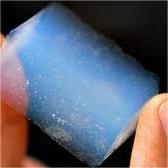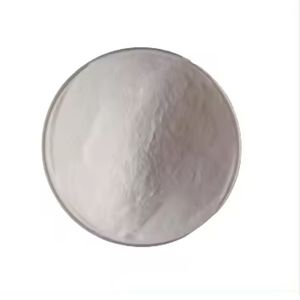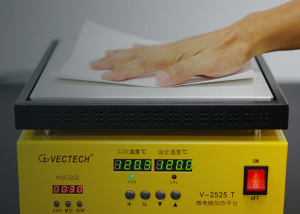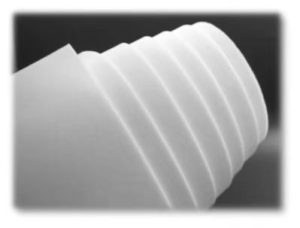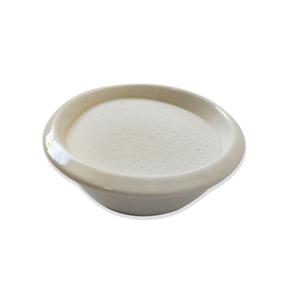Professional industry ceramic supplier, silicon nitride, silicon carbide, aluminum nitride and any other kinds of ceramics.
1. Introduction
Just 24 hours ago, a major U.S.-based foundry announced it had upgraded its entire melting operation with high-purity silicon carbide crucibles to improve energy efficiency and reduce metal contamination—highlighting a growing industry shift toward advanced ceramics for extreme environments. This move underscores the rising demand for reliable, high-performance materials in metal casting, semiconductor production, and laboratory settings.

Silicon carbide crucibles have long been prized for their exceptional thermal shock resistance, high thermal conductivity, and ability to withstand temperatures above 1600°C. But what exactly makes them so special—and how do they stack up against other advanced ceramics like boron carbide or silicon nitride? In this article, we’ll break down everything you need to know about silicon carbide crucibles and their role in both industrial and everyday applications.
2. What Is a Silicon Carbide Crucible?
A silicon carbide crucible is a container made from silicon carbide (SiC), an advanced ceramic known for its hardness, thermal stability, and chemical inertness. These crucibles are engineered to melt and hold molten metals—including aluminum, copper, gold, and silver—without degrading or contaminating the material.
Unlike traditional clay-graphite crucibles, silicon carbide versions offer superior longevity and performance, especially in repeated high-heat cycles. They’re commonly used in foundries, jewelry workshops, and research labs where purity and precision matter.
3. Key Properties of Silicon Carbide
Silicon carbide stands out due to several critical characteristics:
- Extremely high thermal conductivity (up to 120 W/m·K)
- Excellent resistance to thermal shock
- High mechanical strength even at elevated temperatures
- Low thermal expansion
- Chemical inertness against most molten metals and slags
These traits make silicon carbide ideal not just for crucibles, but for a wide range of components—from silicon carbide ceramic tiles in kiln linings to silicon carbide burner nozzles in industrial furnaces.
4. Silicon Carbide vs. Other Advanced Ceramics

4.1 Boron Carbide vs Silicon Carbide
While boron carbide (B4C) is harder and often used in armor applications, it’s more brittle and expensive than silicon carbide. For crucibles and high-temperature containers, silicon carbide offers a better balance of cost, durability, and thermal performance.
4.2 Silicon Nitride Alternatives
Silicon nitride (Si3N4) is another advanced ceramic with excellent thermal shock resistance and is used in components like silicon nitride rings, plates, and even custom silicon nitride heat shields. However, silicon nitride crucibles—produced by specialized silicon nitride crucible factories—are less common due to higher costs and more complex manufacturing. That said, in applications requiring ultra-high purity or specific electrical insulation, silicon nitride may be preferred.
5. Beyond Crucibles: The Versatile World of Silicon Carbide Ceramics
The utility of silicon carbide extends far beyond melting metals. Thanks to its durability and aesthetic appeal, it’s increasingly used in consumer and industrial products alike.
5.1 Kitchen and Tableware
You might be surprised to learn that items like silicon carbide ceramic baking dishes, silicon carbide ceramic dinner plates, and even silicon carbide ceramic butter dishes with lids are gaining popularity. Brands like Staub have explored silicon carbide baking dish options for their even heating and oven-to-table versatility. Whether it’s a silicon carbide ceramic casserole dish with lid or black ceramic plates for modern table settings, this material blends function with style.
5.2 Industrial Components
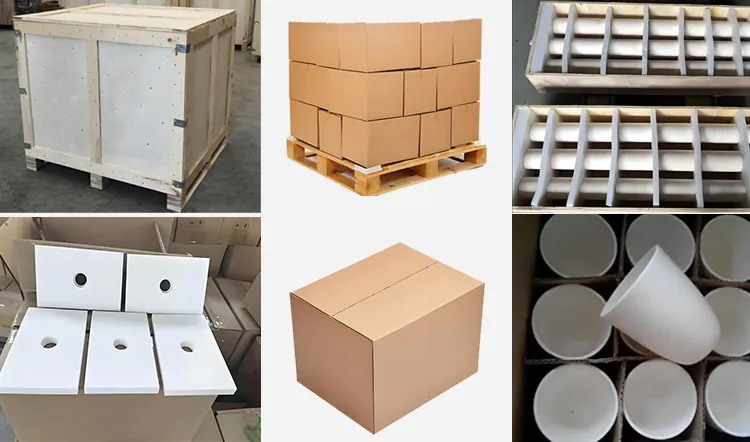
In heavy industry, silicon carbide appears as rbsic silicon carbide tile blocks for furnace walls, silicon carbide ceramic columns for structural support, and silicon carbide bricks for refractory linings. Its use in silicon carbide ceramic tubes—including thermocouple protection tubes and porous ceramic tubes for filtration—demonstrates its adaptability across sectors.
Even plumbing isn’t immune: silicon carbide ceramic disc taps and silicon carbide ceramic disk taps leverage the material’s wear resistance for long-lasting valve performance.
6. Manufacturing and Customization
Modern silicon carbide crucibles are typically made through processes like reaction bonding (RBSiC) or sintering, which yield dense, strong structures. Custom shapes—including silicon carbide rings, discs, and specialized crucibles—are now routinely produced for niche applications in aerospace, electronics, and metallurgy.
Similarly, manufacturers offer custom silicon nitride ceramic parts, such as silicon nitride plates or insulating rings, catering to high-tech industries requiring precision-engineered components from high purity silicon nitride powder.
7. Safety and Sustainability
Unlike some ceramic cookware that may contain lead or cadmium glazes, high-quality silicon carbide ceramic dishes are generally inert and safe for food use. Their durability also reduces waste—lasting far longer than conventional stoneware or porcelain.
In industrial contexts, the reusability and longevity of silicon carbide crucibles contribute to lower energy consumption and reduced material waste, aligning with global sustainability goals.
8. Conclusion
From melting precious metals in a jeweler’s workshop to serving dinner on sleek silicon carbide ceramic plates, this advanced ceramic proves its worth across countless applications. Its unmatched combination of thermal resilience, mechanical strength, and chemical stability ensures that the silicon carbide crucible—and its many ceramic cousins—will remain essential tools in both industry and daily life for years to come.
Our Website founded on October 17, 2012, is a high-tech enterprise committed to the research and development, production, processing, sales and technical services of ceramic relative materials such as What. Our products includes but not limited to Boron Carbide Ceramic Products, Boron Nitride Ceramic Products, Silicon Carbide Ceramic Products, Silicon Nitride Ceramic Products, Zirconium Dioxide Ceramic Products, etc. If you are interested, please feel free to contact us.

